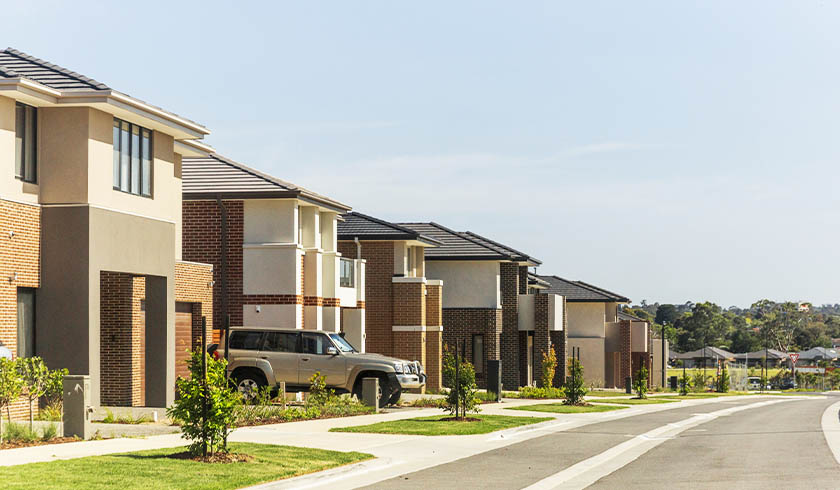Expect more family homes to debut on market in 2022
An unprecedented number of tightly-held properties are expected to hit the market as retirees look to capitalise on the surge in property values and take advantage of the changes in downsizing contributions into superannuation by mid-2022.

Angus Raine, the executive chairman of Raine & Horne, reported that more empty-nester properties sellers are now on the move, demonstrated by the recent sale of a Strathfield house offered for the first time in six decades.
The $3.71 million sale of the affluent Sydney property in an auction – which marks the first time the family home has changed hands since 1962 – is seen to be an indication of a growing trend of tightly-held properties being let go by retirees looking to downsize, according to Mr Raine.
“I have never seen in my 35 years in real estate more properties selling for the first time in 40, 50, 60 and even 80 years,” he stated.
He pointed to the strong returns delivered by property markets around Australia as the incentive that drove empty-nesters to make a move.
“Downsizers realise they must sell up to capitalise on this terrific growth, probably even more than other vendors,” he said.
According to CoreLogic, Australian housing values grew 22.1 per cent in 2021 – an extraordinary growth rate not seen in 30 years.
Downsizing trend to gain momentum with superannuation rules expansion
In addition to capitalising on the phenomenal property value gains, Mr Raine said that more retirees are expected to continue selling family homes as downsizing contributions into superannuation rules expand later in the year.
From 1 July 2022, Australians who are aged 60-plus and have resided in their current home for at least 10 years will be able to sell up and downsize into a more manageable property. A portion of the sale proceeds will then be allowed to make a downsizer super contribution. Previously, this benefit was only eligible to those who are aged 65 and above.
Currently, empty-nesters can top up their super by up to $300,000 under the downsizing scheme. But for couples who own a property together, each partner can make a $300,000 non-concessional (after-tax) contribution into their super.
“By scaling down their principal place of residence, empty nesters can also beef up their retirement savings by availing themselves of downsizer contributions into superannuation,” Mr Raine noted.
He added: “Taking advantage of downsizer super contributions is not only a fantastic way to turbocharge retirement savings tax effectively, but empty nesters can make a community contribution by freeing up their larger family homes for the next generation of upgraders.”
Tips for downsizing
For those empty nesters who have not kept up with property market trends in decades and are looking to cash in on market gains, Mr Raine advised them to research the current market in their area and choose an agent who has the expertise and the tools to guide them throughout the sale process.
Additionally, here are several considerations for those who are looking to downsize their residences:
- Space. Mr Raine advised reassessing the need for space when downsizing, such as having fewer living areas and bedrooms.
- Location. Another consideration is the location of your next residence. This could mean staying in your current neighbourhood and moving into a smaller property such as an apartment or townhouse. It could also mean following the tree or sea change movement, or even relocating interstate.
- Emotional connection. Some sellers may find it difficult to let go of a family home that may be full of memories in the form of nostalgic trinkets and family-owned furniture. However, it’s advised to declutter and clean the space to make a strong first impression with every potential buyer.
- Budget. Another important factor when downsizing is the kind of property you want to move into and account for the costs associated with living in the space, including stamp duty, body corporate fees/strata levies, utility bills, council rates and insurances.

